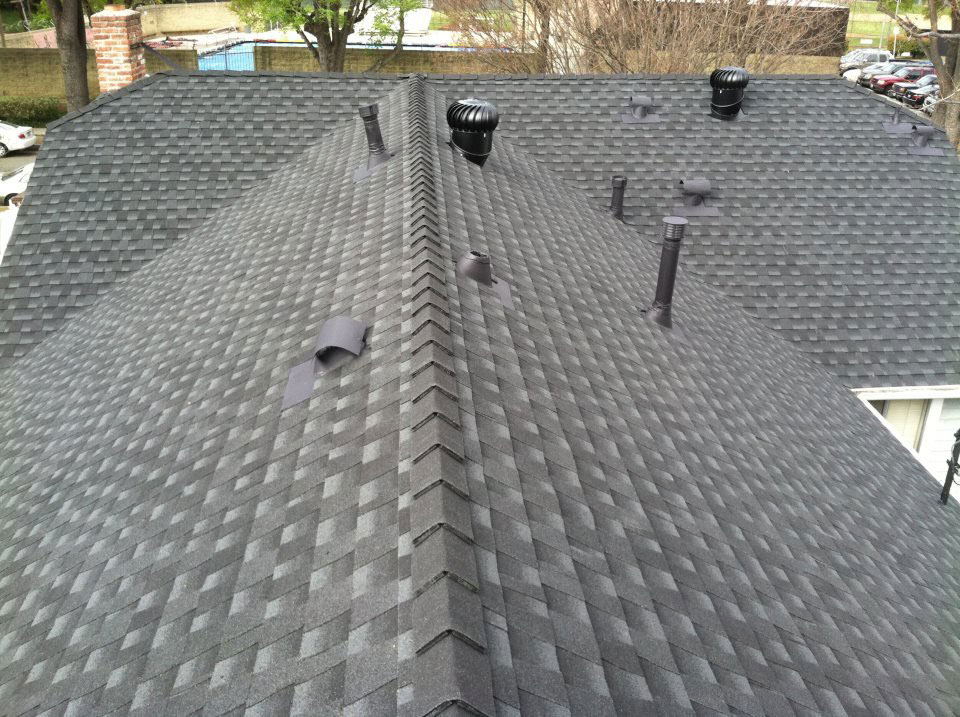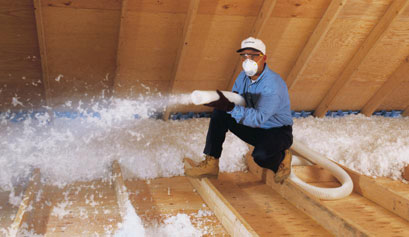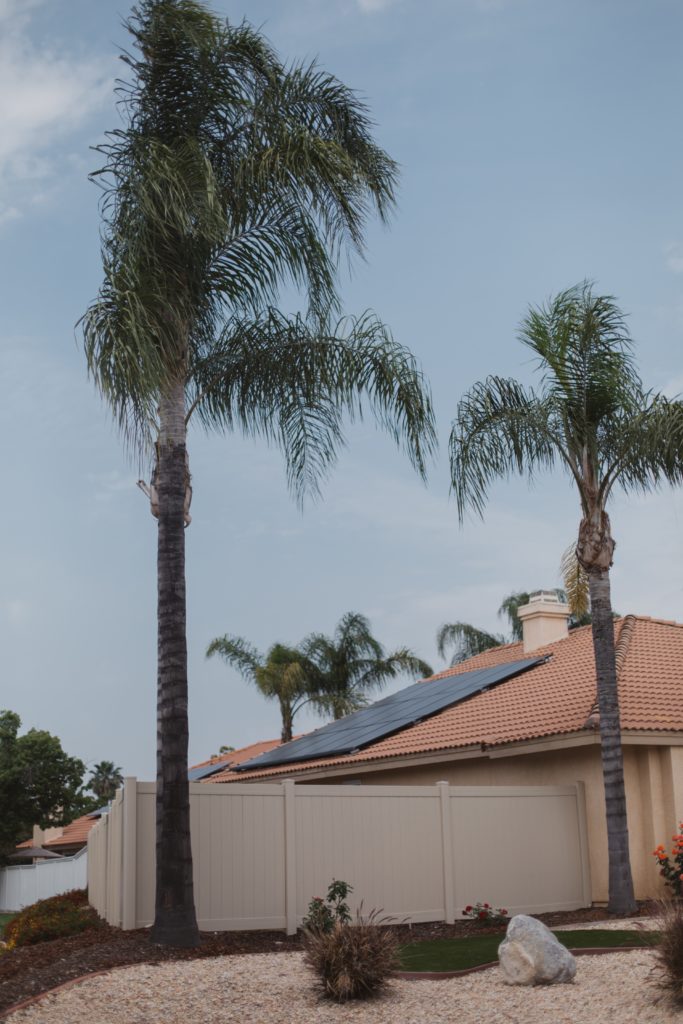Here’s a guide to getting the best roof for your home including appearance, energy efficiency, the materials you’ll need, manufacturers and what to look for in a contractor.
 Roofs come in so many styles to fit homes like smaller stucco that are great for Spanish tile in Alhambra; keeping authentic bungalow appearances in Pasadena and Monrovia; and giving a look wit clean lines on homes from Azusa to Temple City.
Roofs come in so many styles to fit homes like smaller stucco that are great for Spanish tile in Alhambra; keeping authentic bungalow appearances in Pasadena and Monrovia; and giving a look wit clean lines on homes from Azusa to Temple City.
Garvey Roofing values customer relations so:
and both labor and materials are always guaranteed.
Let’s start this guide by rolling back the clock a little.
Local Homes and History
Why does the San Gabriel Valley have such a variety of roofs?
Early architecture, of course, plays a role.
Pasadena was settled in the 1870s by families searching for a safe haven from tuberculosis. In this age of Covid-19, it’s quite a fact that a respiratory disease led families to build homes here and turn Pasadena into a booming resort town.
At the end of this post is an article on Pasadena’s founding and bungalow homes.
Families moving from the Midwest brought their styles of architecture along with a desire to blend the area into its natural surroundings. Bungalow style homes with spacious porches maximized air flow in the days before air conditioning.
They really are a treasure.
Citrus groves turned into wooden frame tract homes throughout the region in places like Arcadia, San Gabriel and Temple City, with homes that reflected the agricultural history using roofing materials like wood shake.
Spanish-style homes with parapet roofs blend into the region as do the 1950s and 1960s mid-century modern homes that you see.
It’s no wonder that with homes from one hundred years ago still in great shape plus a variety of mid-century and modern designs that we have so many different styles of roofs.
So let’s look at what’s important to you as a homeowner.
The Best Roof for Your Home
Isn’t that what we all want for the roof over our heads?
Something that protects us and doesn’t leak or lose shingles in high winds.
We want roofs that:
- Have great curb appeal
- Protect us from summer and winter weather
- Are energy efficient
- And that will last for years
A roof is an unsung hero and yet it’s critical in the health and energy efficiency of your home.
The best roof is one that will look nice and perform well for years and that makes sense with your budget.
Where do we begin?
Let’s make sure you need a new roof.
Maybe your roof isn’t leaking, but if you have shingles that are curled at the edges and easily blow off every time the Santa Ana winds kick up then they’re aging and installing a new roof prevents problems.
Or, if you have a leak in one specific area, then it’s likely that can be repaired. Then you can save for a new roof if that’s your goal.
What are your goals?
Do you want a roof that coordinates with your home’s architectural history?
Do you change from shingles to tile—or tile to shingles?
Are you wondering if a solar roof is your best option for saving money?
Do you need a lifetime low slope roofing material with proper insulation?
You can see that the best roof for your home depends on your goals and what you want to achieve.
Thomas Garvey, owner of Garvey Roofing, likes to hear from his customers to make sure they get the best guidance in selecting the materials.
But before we go deeper into roofing materials, let’s look at the important principle of heat transfer.
Do you think that rain wears down roofs?
The sun is actually the culprit that degrades materials.
Building Science: Heat Transfer and Your Roof
In the San Gabriel Valley, we have lots of sunshine. You might be the envy of friends and relatives from around the country but what they don’t realize is that the sun’s rays and summer temperatures wear down shingles and weaken seams. The damage happens gradually over time but reflecting heat away from the roof becomes important.
Old school asphalt shingles have been susceptible to ultraviolet radiation so that’s one reason homeowners have often gone with clay or concrete tiles.
A key principal to know is that heat moves from warmer to cooler, as noted in this article from the Building Performance Institute.
Using materials on the outside that reflect the UV rays is a first step.
Garvey Roofing uses roofing materials like Therma sheet, a reflective underlayment.
The proper amount of attic insulation helps as well, reducing heat transferring from the outside to the cooler inside during the summer or reversing course in the winter.
Reflective roofing materials, insulation and the proper ventilation to keep air circulating in the attic all play an important role in maintaining a stable temperature in a house and keeping it energy efficient.
The Best Roofing Materials for Your Home
Plywood decking is the foundation for a strong, healthy roof with the right underlayment laid properly in seams and valleys to provide a waterproof layer.
Then you have a wide variety of roofing options:
- Asphalt shingles
- Tile
- Low slope roofing materials
- Solar
Don’t forget:
- Insulation
- Reflective roofing materials
- Plus, the underlayment, drip edge and metal flashings—and possible attic fans and solar tubes.
 Sounds straightforward, right?
Sounds straightforward, right?
Let’s stay organized by looking at the first two items: asphalt shingles and tile.
These are the most common types of roofing materials and within both of those categories you have a tremendous number of options.
Asphalt shingles now are also referred to as architectural shingles or multi-dimensional shingles made in layers with plenty of UV granules to reflect the sun’s rays. In the past, typical asphalt shingles didn’t have a long life. In the past, asphalt singles in hot, sunny climates like ours may have had a 15 year lifespan.
By the way, asphalt shingles are recyclable.
A poorly vented attic can trap heat and cause shingles to cook and age prematurely. But the manufacturing has improved greatly.
In a complete roofing system that’s installed well, asphalt shingles can last 30 years with premium asphalt singles made to last a half-century.
What about tile?
It doesn’t degrade in the sun like previous asphalt has, but high winds that blow tree branches and other debris can crack tiles.
The Best Roofing Manufacturers
Garvey Roofing meets or surpasses construction standards that leading roofing manufacturers like GAF and CertainTeed set out.
He sources tile from all leading brands including Eagle, U.S. Tile and more.
Again, when it comes to guarantees, Garvey Roofing guarantees all labor and materials so a homeowner doesn’t have to worry or try to collect off a manufacturer.
Appearance
Tile can fit just about any style roof you want. There’s traditional Spanish looking tile with S curve pieces, in addition to lightweight concrete that can look like wood shake or slate.
Next comes drip edge and metal flashings to protect delicate areas like the edges of roofs and vents that protrude in the roof.
Drip edge that’s installed properly won’t allow rainwater to curl and run back toward the facia.
Choosing the Best Contractor
Selecting a roofing contractor isn’t always easy since there are so many companies to choose from. And then wondering which ones will do the best job installing or repairing adds a layer of mystery.
So any guide to roofing needs to include how to choose a contractor.
Longevity
Consider how long a company has been in business, licensing, customer testimonials and the craftsmanship abilities.
Thomas Garvey, owner of Garvey Roofing, learned the trade as a teenager. He enjoyed the trade and as he notes in the About page, launched his company and has been in business for 30 years, working throughout the San Gabriel Valley.
On-going Education
Longevity does mean that you can keep doing things the same way, but Thomas stays current on all state requirements and important developments in roofing materials and technologies.
For example, you may wonder if solar roofing is best. Thomas Garvey can show you cost comparisons and how he can install an energy efficient roof that will achieve the results you want at a lower cost.
Licensing
Garvey Roofing holds four licenses including roofing, installation (with fireproofing), solar and a general contractor’s license.
All four keep Thomas up to date on regulations and manufacturer requirements for properly installing a new roof.
Craftsmanship
A roof is a critical part of a buildings total structure. Thomas is interested in the science of buildings—everything from air flow to structural supports.
He brings that knowledge into roofing where he and his team have worked on a wide variety of homes over the years including the Victorian homes in Heritage Square off the 110 freeway.
Roofers who are able to install on newer contemporary homes can have difficulties when trying to roof older structures.
Thomas does all the little things right, including caring for a property during the tear-off and clean up.
Listening
Ultimately, Thomas Garvey wants the customer to be satisfied so he begins with listening and understanding the desired end result.
He can offer unique design ideas and work within a homeowner’s budget.
Maintaining a home is a major financial investment. Thomas Garvey wants to guide you in the best possible roofing solutions.
Posts and Articles of Interest
Roofing
How to Know if You Should Repair or Replace Your Roof
Looking at a Local San Gabriel Valley Roofing Contractor’s Licenses: Garvey Roofing
Pasadena-Monrovia History







